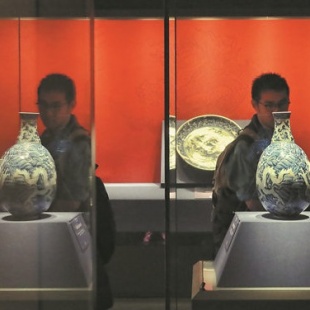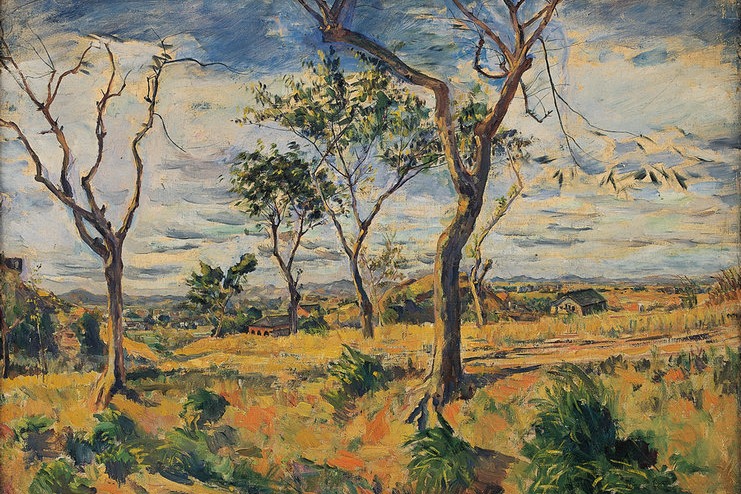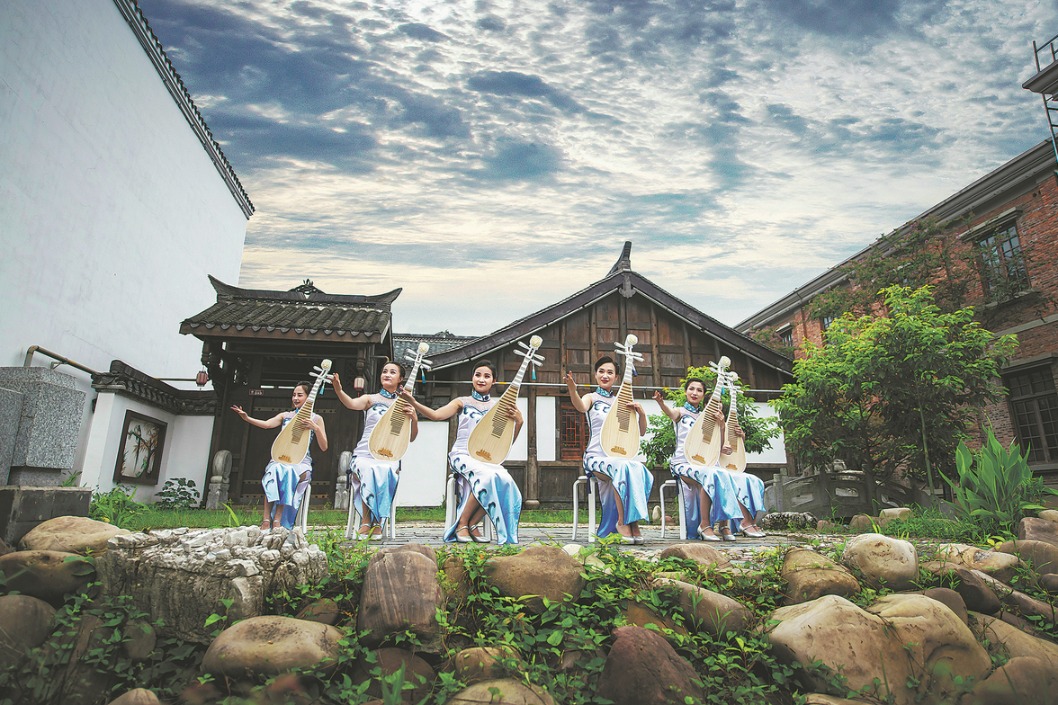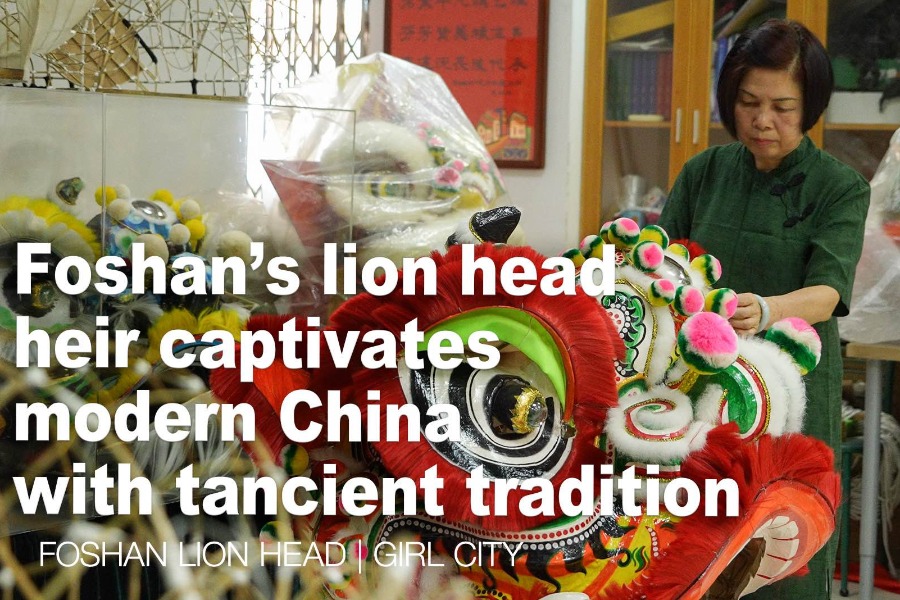Artworks fit for royalty

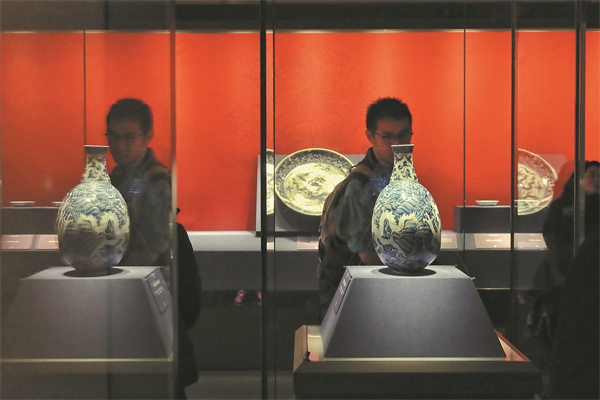
Exhibitions of rare porcelain artifacts, woodblock paintings and interactive experiences pack in visitors to Prince Kung's Palace Museum, Yang Feiyue reports.
Various ancient porcelains and woodblock paintings on display transformed Prince Kung's Palace Museum into a vibrant hub of historical artistry during the Spring Festival holiday, packing in waves of families, art lovers and history buffs.
In addition to savoring the grand royal architecture and courtyards that boast a history of more than 200 years, visitors to the museum are lining up to touch a fragment of historical porcelain from Jingdezhen, the "porcelain capital" in Southeast China's Jiangxi province, jumping at the rare opportunity to feel the craftsmanship of a Ming Dynasty (1368-1644) imperial kiln.
"It's quite an experience to feel the glaze of the porcelain shard that has a history of about 580 years," says Zhang Ai, director of the exhibition department at the museum.
The tactile interaction is among the highlights of the Porcelains with Auspicious Animal Patterns Excavated from the Imperial Kiln Site in Jingdezhen exhibition that opened Dec 31 and will run until March 30.
A collaboration between the museum and the Jingdezhen Imperial Kiln Institute, the exhibition has curated various auspicious animal motifs, showcasing pieces featuring not only the commonly seen dragon and phoenix patterns but also lively, charming and meaningful depictions of auspicious birds, mythical creatures and symbolic animals.
Decorated with these motifs, 120 restored porcelain items were picked to meet the public, including a blue-and-white cricket jar and uniquely shaped artifacts like a blue-and-white phoenix-patterned craneneck vase and a white-glazed, long-neck, beast-handle vase.
The Jingdezhen Imperial Kiln was an official porcelain production institution established during the Ming and Qing (1644-1911) dynasties to create ceramics exclusively for the imperial court.
From the year 1369 during the Ming Dynasty to the last few years of the Qing Dynasty, it brought together the most skilled artisans to produce countless porcelain masterpieces over more than 500 years.
"To date, approximately 1,400 porcelain objects were unearthed and meticulously restored through ongoing archaeological efforts," Zhang says.


